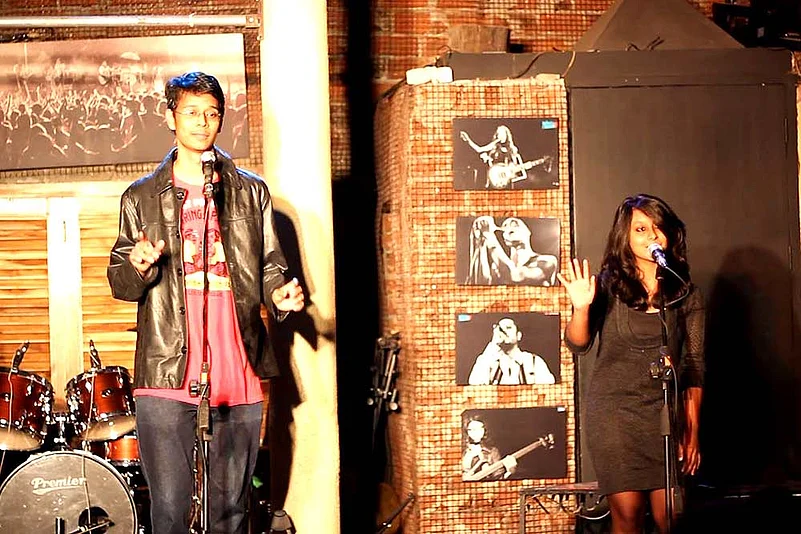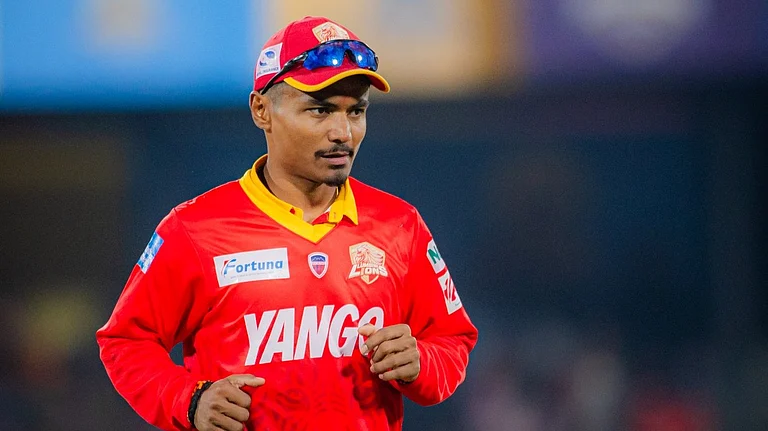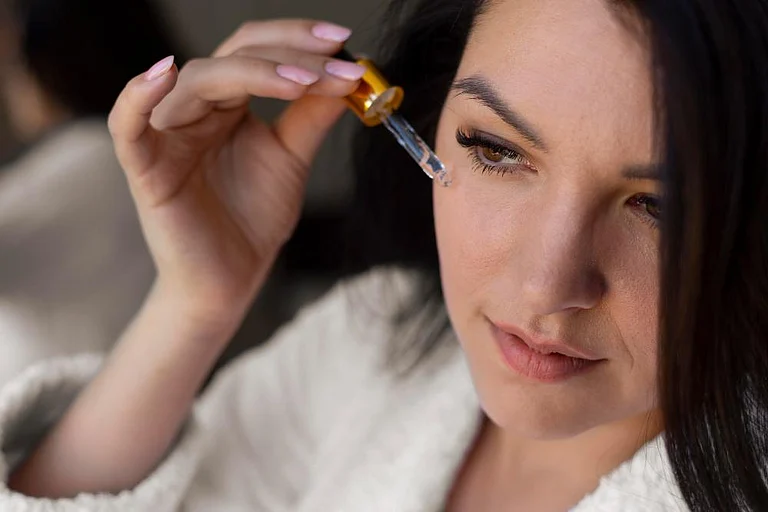Imagine a career where instead of sitting on your desk answering e-mails from nine to five, you do exactly what you like and get paid for it. Wasn’t there a time when poetry didn’t come with a revenue model? That’s gone. Welcome to the world of spoken word poetry—an art form that is quickly growing into a profession for many a young mind bursting with ideas and a willingness to express them. Spoken word poetry, also known as slam poetry, is nothing like conventional poetry writing. While conventional poetry targets an audience that reads poetry, spoken word poetry is designed to connect with the audience through a performance at a more personal level.
Shamir Ruben, a 24-year-old from Mumbai, started working full time as a poet and performer two years ago. His first performance was at a workshop while he was still finishing his masters in communications in Pune. Shamir read out ‘Dear Mom’, a poem he had written after his mother succumbed to cancer in 2012. The next time he performed the poem, it was in front of an audience, without a paper clutched in his hands.
“Each poem I write is deeply personal to me,” says Shamir. “The idea is to connect with the audience that’s listening to the poem and make them, through the performance, a part of your journey, so they feel what you feel and are as much a part of the performance as you are.”
Poetry Slam Inc, an NGO established in 1997, oversees international coalitions of poetry slams and aims to “promote the creation and performance of poetry that engages communities and provides a platform for voices to be heard beyond social, cultural, political and economic barriers”. In spoken word poetry, according to the NGO’s website, there is “a dual emphasis on writing and performance, encouraging poets to focus on what they’re saying and how they’re saying it”.
Each work of a spoken word poet is completely original, according to Ruben. “There is an unspoken pact in the poetry circuit that your content is original,” he says. “Each piece is derived from a place within. Performing your own piece itself comes with emotion and, if one were to perform an unoriginal piece, it becomes clearly evident.”
One could draw parallels of the slam poetry boom in India with the nascent stages of stand-up comedy in the country. Over the past few years, many young entrepreneurs, mostly just out of college or having worked for a few years, have started their own collectives for performance poetry. Take Airplane Poetry movement, started by Nandini Verma, 24, and her classmate Shantanu Anand in Mumbai in 2013 under the banner of Campus Diaries. When asked how she got into the business, Verma attributes it to Sara Keys, a well-known American slam poet. “I was interning under Campus Diaries while in college and got the opportunity to interview several stand-up poets, including Keys, for a session of Ted Talks,” she says. “After that, I was hooked.”
Airplane poetry movement is now the sole source of income for both Verma and Anand. The movement does many things, from scouting for new talent to holding workshops in schools and colleges for teaching spoken word poetry. Their biggest achievement so far, according to Verma, was when they organised India’s first national slam poetry competition. The competition saw 1,200 people in attendance, the maximum ever at any slam poetry event in the ocuntry.
Both Ruben and Verma agree that apart from workshops, the country is yet to have a more formal training course for the art. Yet, since the art form is more personal in nature, most slam poets are self-taught. Verma and Anand, though, are trying to change that. “We are approaching schools and colleges to conduct workshops in slam poetry in Mumbai and Delhi,” says Verma. “Most schools where we hold our workshops are willing to adopt new ways of teaching students. While we still need to do major work in outreach to schools, we are now seeing that many teachers invite us to hold workshops so that children are introduced to the art.”
The Delhi-based platform Bring Back the Poets, one of the older groups in the spoken word poetry space in India, has been trying to create a space for performance poetry. Other platforms such as Mildly Offensive Content, too, are trying to do the same. Shamir works for a collective called Kommune, which encourages performance art of different kinds, including poetry, storytelling and dance. His job in the collective includes finding, collecting and curating content by other poets online on the Kommune platform. “One of the biggest platforms available to us today for getting the word out is social media,” says Ruben. A big part of the growth of spoken word poetry can be attributed to this medium since often people chance upon a video of someone reciting slam poetry and realise it might be something for them.
Slam poetry, say its practitioners, faces two major challenges today: how to bring the movement to the smaller cities and have more regional languages in the circuit; and how to make the industry more lucrative. Efforts towards the former, Ruben says, are under way, with many collectives trying to move into smaller towns to promote the art. In fact, Ruben thinks spoken word poetry already exists in many smaller towns and regional languages, but recording the pieces on video for mass consumption and to bring them into bigger fora remains a challenge. “There are some compelling poems in Malayalam and other languages, but the hurdle we face is in translating it on video, so it also has a similar impact on someone who doesn’t speak the language,” he says.
As for making spoken word poetry a career, while some practitioners have managed to make ends meet, the industry is still in its nascent stages. Organisations make money mostly through workshops and social media work. The next big thing, according to Verma, would be to get audiences willing to pay for an auditorium performance. “We have seen a steady increase in the number of people willing to pay for tickets to watch performances, but there is still a long way to go.”


























